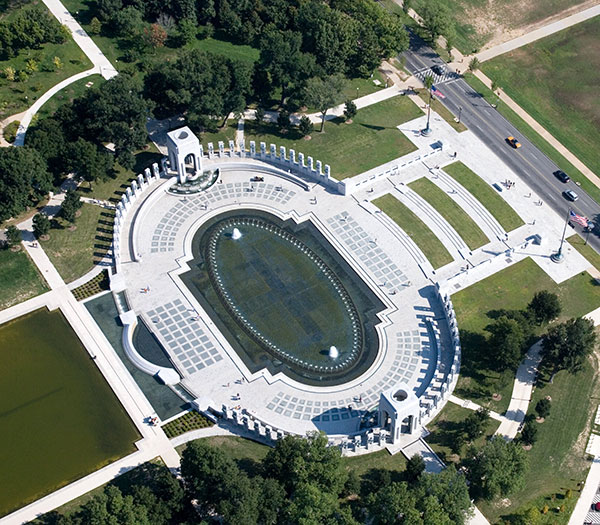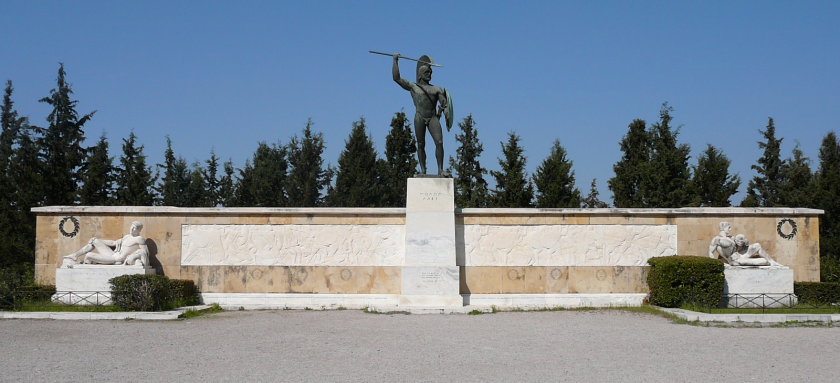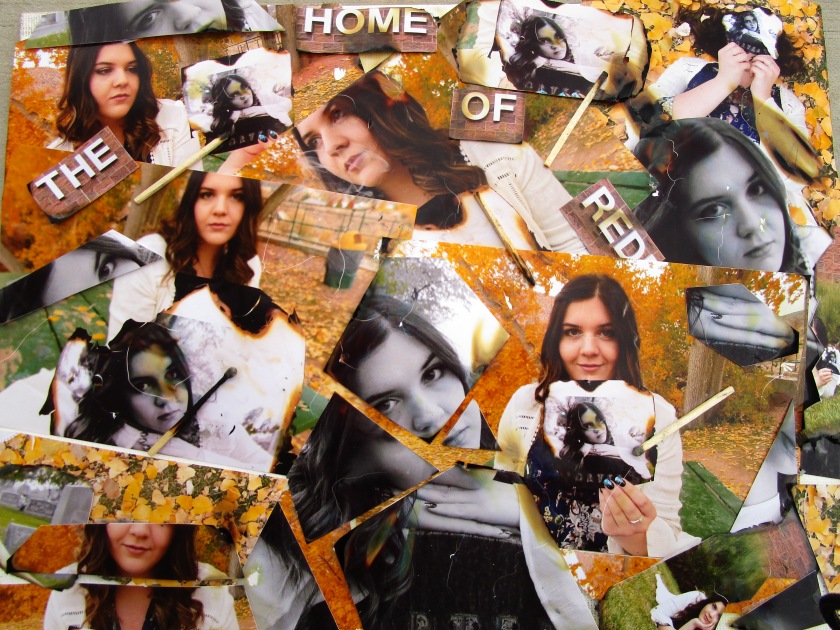Modern tensions between native people and invasive oil companies are often left a mystery or a poorly covered topic. Virunga has a different approach of spreading the message. Virunga is a documentary type film that offers insight on the tension between the people of Congo and the invasive oil companies as well as a rebel group that helps make it all worse. This film shows the close, private relationships formed between the radical groups and the immoral oil companies while following the people most affected by it: the Park Service. Through the one on one, secretly taped meetings and the false sense of trust between the officials of each group, this film does a great job of informing people of the true happenings of places like the Congo.
This film does little to sugarcoat the malicious tendencies of big companies as well as those who disagree with the government. SOCO, the oil company, and M23, the rebel group, more or less team up in hopes of being able to make the park service give up their rights for the land. SOCO hopes to be able to scare the service out of their land, and be able to drill there. M23 is a group that is seeking control of the country due to their disagreement with the federal government of Congo, but as they team up with SOCO, they insist on getting a cut of the money that the oil company brings in. SOCO sees them as an easy group to use as their puppets to do the dirty work for them. M23, on the other hand, believes that SOCO can not attain the oil without them. This creates a give and take relationship between the two groups.
All the while that the crews follow undercover reporters who are getting the insight on the big groups, the National Park Rangers are also being followed by the cameras. Their biggest goal is to protect the park come Hell or high water. They are currently in charge of injured or orphaned mountain gorillas as well, so they have a drive to protect those animals as well as the rest of their dwindling species. They are a sanctuary for gorillas left harmed and alone due to poachers. One of the main officials of the park service is ex Congo military, so he has even more desire to protect the land that he stands for.
This film does a stand up job of showing the inside dirty work that can be going on behind closed doors. It shows secretly bugged interviews as a way for everyone to see that it isn’t just the problem of one group, but oftentimes two evils will join together and create an even bigger underlying problem. I believe they sought to show that it can be ridiculously hard for organizations and even just civilian people to take care of their homes when there are bigger forces at work. This film shows the beauty of people who care and who are ready to give their lives for the safety of things that big companies see as just another tactical financial move. It also shows the death, pain, heartbreak, and overall cruelty of the situation as well. Many insights can be gained from watching this riveting film.



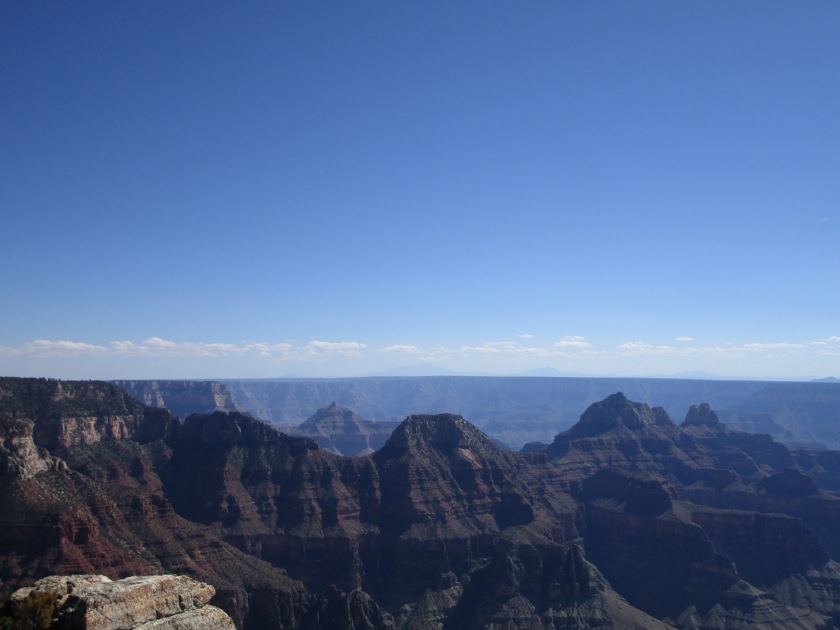
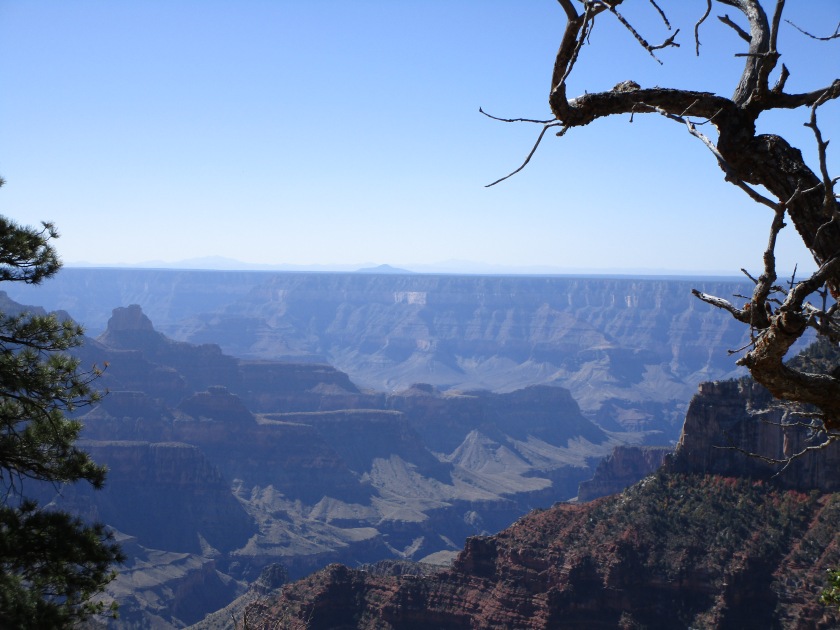
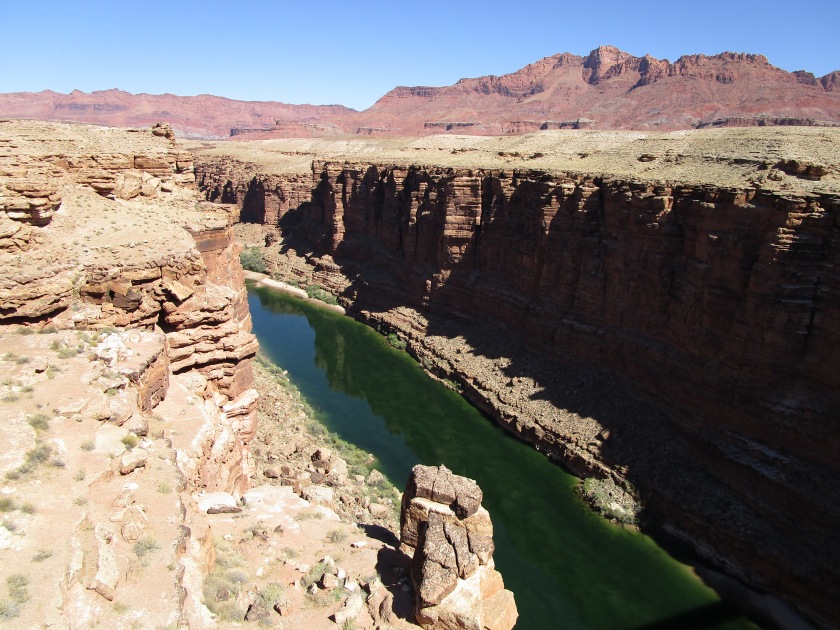 From the perils to the victories, the heartache to the bliss, the exhaustion to the exhilaration, Kevin Fedarko’s
From the perils to the victories, the heartache to the bliss, the exhaustion to the exhilaration, Kevin Fedarko’s 